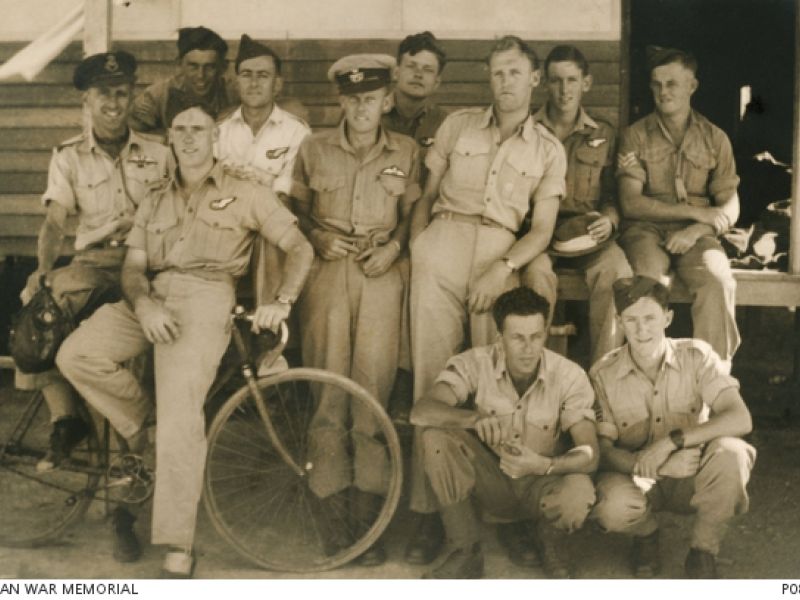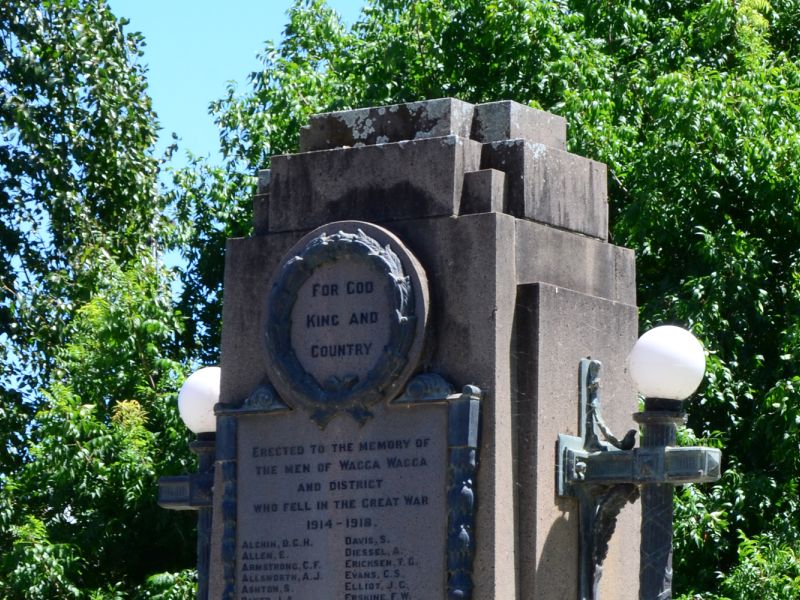440787 Flight Sergeant Brendan Michael Heslin, No. 21 Squadron, Royal Australian Air Force
KIA 27 July 1945
Flight Sergeant Brendan Michael Heslin was born in the Melbourne suburb of Newport on the 23rd of May 1924, the son of Michael Anthony and Susan Heslin.
His parents had been living on a stud cattle territory near Moree Creek in New South Wales, but Susan travelled to see friends in Melbourne soon before Brendan’s birth.
A few years later, the family moved to Murrulebale Station, north-east of Junee in New South Wales. Brendan attended the tiny local school, and later travelled to Wagga Wagga to attend Christian Brothers High School. He went on to work at a hardware store.
Heslin was mobilised for service in the Militia in September 1942. He joined a training battalion based in Dubbo, and in April the following year was transferred to the 18th Battalion. Throughout the war, the battalion would remain in Australia, conducting garrison duties.
In June, Heslin transferred to the Australian Imperial Force, enlisting in the volunteer force whose members were able to travel outside of Australia for active overseas service. By the end of the year, he had been promoted to acting corporal, and was working as an instructor in an army recruit training battalion.
The following year, on the 22nd of February 1944, Corporal Heslin discharged from the army in order to join the Royal Australian Air Force. He did so with two mates, Bill Maxwell and Steve Cloake. The three attended training together at Kingaroy, Narromine and West Sale.
After a period with an operational training unit based at Tocumwal in New South Wales, Heslin transferred to No. 21 Squadron, RAAF. The squadron had been operating from Nadzab in New Guinea, but returned to Australia in March 1944 before converting to Consolidated B-24 Liberator heavy bombers in June.
On 27 July 1945, Heslin was part of the crew of a Liberator engaged in photographic reconnaissance in Northern Celebes in the Dutch East Indies (modern-day Indonesia).
After the aircraft was hit by anti-aircraft fire near the village of Tomohon, it burst into flames and exploded on impact with a hillside. The wreck of the aircraft was located, but no sign of the crew was found. It was later learned that three crew members – Pilot Officer George Lindley, Flight Sergeant John Orgill and Flight Sergeant Arnold Lockyer – were captured and interrogated by the Kempei, the military police arm of the Imperial Japanese Army, before being murdered.
The other nine crew members had been killed in the crash:
Flight Sergeant Stephen Cloake
- Warrant Officer Alfred Cook
- Flight Lieutenant Kenneth Hanson
- Flying Officer John Hume
- Flight Sergeant Frank Hutton
- Flight Sergeant William Maxwell
- Flight Sergeant Charles Nichol
- Corporal John Waite
- and Flight Sergeant Brendan Heslin, who was 21 years old.
Today, Heslin’s remains lie in Ambon War Cemetery, along with more than 2,100 casualties of the Second World War.

 Australian War Memorial
Australian War Memorial